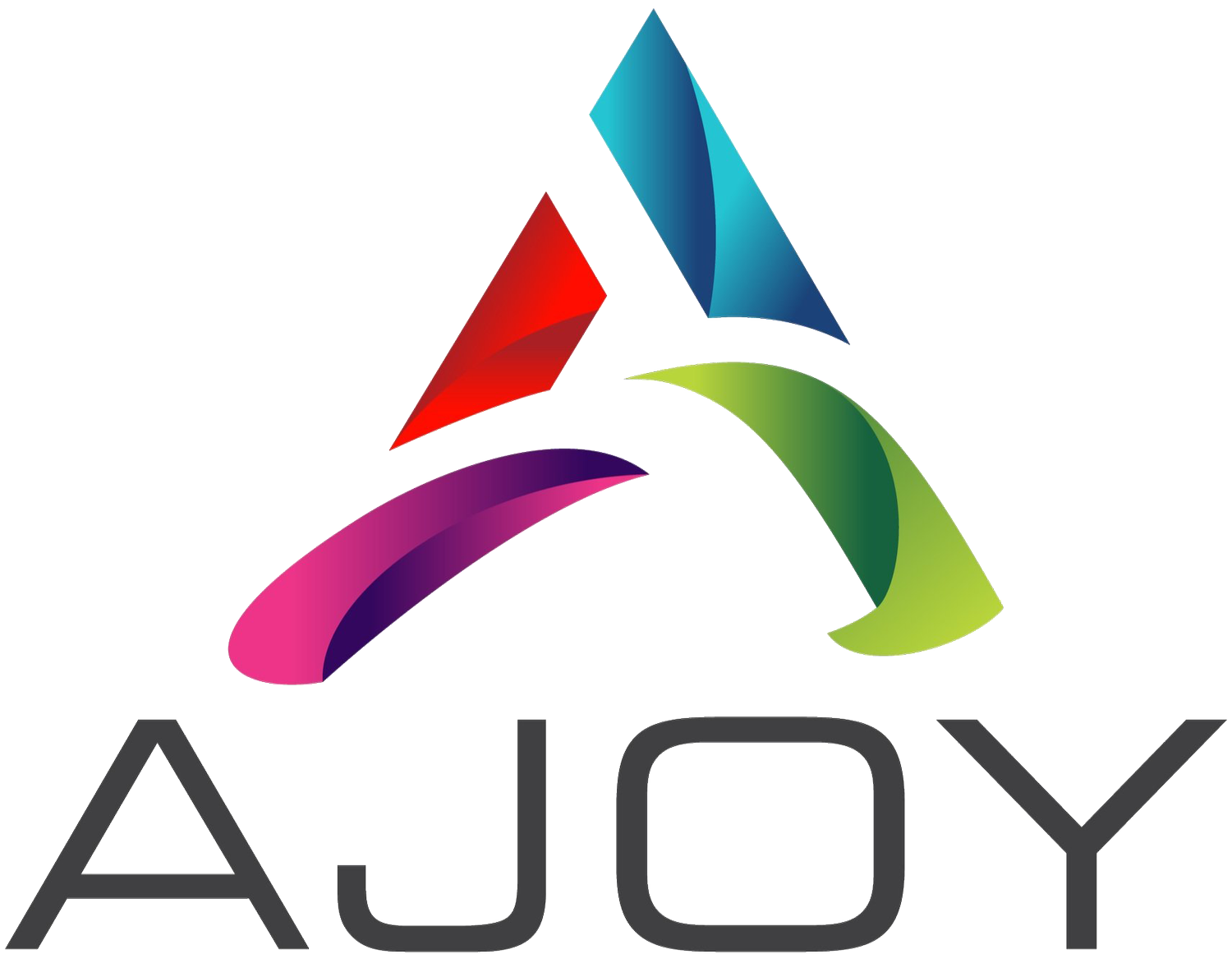The Profit First Methodology is People-Driven – NOT Greed-Driven
Society teaches us that wanting lots of money is bad. Think of old Ebenezer Scrooge in Charles Dickens’s A Christmas Carol, for example. He certainly isn’t viewed favorably as he greedily counts and hoards all of his riches, refusing to help those less fortunate than him. Indeed, being a miser at the expense of others is not at all good. But ensuring that your business is profitable so you can consistently pay your employees what they’re worth? This is what the Profit First methodology is all about – creating sustainable businesses that put their people first.
What Does Being Profitable Mean for a Small Business?
While we might have a core belief that trying to earn lots of money isn’t an honorable objective, in reality, when a business achieves profitability it benefits all for the good – its employees, their families, the community, lenders, investors, tax agencies, and the owners and their families, among others.
Here’s how a profitable company helps its workers, for example:
The more funds it has, the more employees it can hire.
Profitability means it can pay its workers higher wages.
Profitability means it can provide its employees with better benefits (like paid medical leave if they or a family member get sick).
Profitability means it can upgrade and purchase new equipment as needed – creating a safer and more pleasant work environment for its employees.
In addition, when a small business uses the Profit First methodology and finds itself sustainable, it’s more apt to contribute financially towards its community too. For instance, it might sponsor a local Little League team or build a home for Habitat for Humanity. These charitable acts are only feasible if the funds are available – yet another reason why profitability is a positive.
When it comes to the company’s owners, here is how Profit First benefits them:
It ensures they receive a living wage.
It puts guardrails on their overcompensation.
How exactly? Well, have you ever worked for an employer who was struggling every month to pay their mortgage? Naturally, this leads to lots of stress and rash business decisions that are driven by desperation. If, on the other hand, the business owner is getting paid appropriately and can afford their personal bills, things will be much brighter for everyone involved.
On the flip side, the Profit First methodology enables the owner’s salary to scale along with the growth of the business so they reap the rewards of their hard work. However, Profit First’s percentage-based and scaled format eliminates “runaway profits” and reminds the owner that their growing business requires more funds to cover operating expenses (like employee salaries) – keeping their own piece of the pie in check.
Takeaway: The Profit First Methodology Puts People First
The beauty of the Profit First Methodology is that it helps owners take care of themselves financially while also ensuring that the funds are there to take care of the company’s employees and other stakeholders too. Ultimately, this cash management method creates profitable and sustainable businesses – and only profitable and sustainable businesses can genuinely put its people first.

